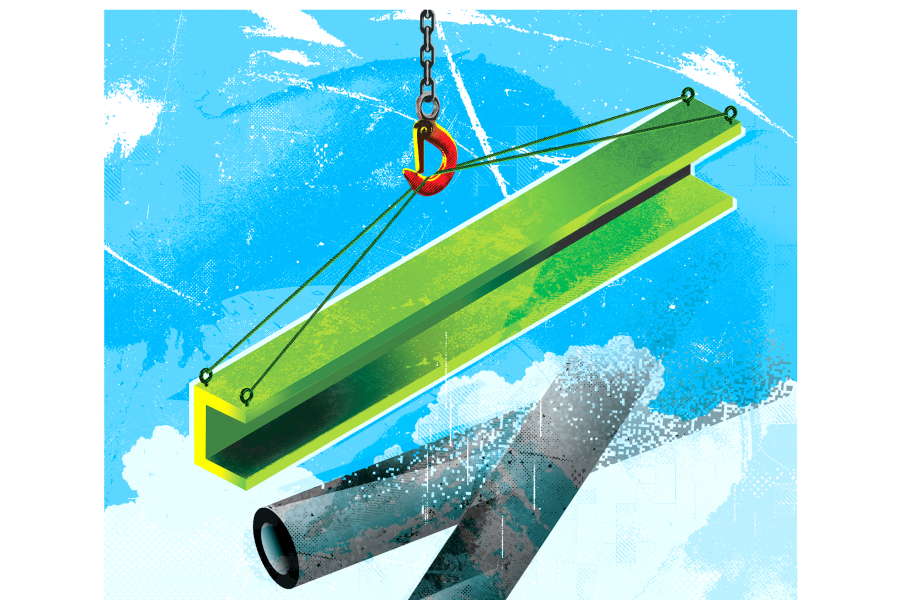Carbon dioxide from the burning of fossil fuels constitutes about 80% of the human-made greenhouse gas emissions contributing to the Earth's rising temperature. Two researchers affiliated with the Johns Hopkins Ralph O'Connor Sustainable Energy Institute—ROSEI for short—are working on a way to pull those harmful gases out of the air and convert them into a form of solid carbon useful in applications ranging from farming to construction.
Changing for Good
This is not the first time scientists have tried to combat CO2 emissions by turning the gas into a different substance, but most previous attempts processed it into fuels such as methanol, which create their own CO2 emissions when reused.
"If we can do this, we would be the first in the world to demonstrate a complete carbon-to-carbon route, in which so-called 'bad carbon' is transformed into a globally useful 'good carbon,'" says Jonah Erlebacher, a materials science and engineering professor who is teaming up on the project with Chao Wang, an associate professor of chemical and biomolecular engineering—both at the Whiting School of Engineering.
Erlebacher and Wang see pure carbon as a building material whose potential impact could rival that of steel in the 19th century during the Industrial Revolution.
"Pure carbon is strong but lightweight, can be engineered to be fire-resistant, and can also be made into any shape, giving it the ability to be used in so many ways," Wang says. They say that pure carbon could be used in automobile manufacturing, in textiles, and in biochar, which helps fields retain moisture, fosters the microbiome under the ground, and improves crop yields.
To the Power Plant!
Initial research will take place at a facility in Columbia, Maryland, which is now being renovated. However, Erlebacher and Wang also plan to involve the power plant behind Maryland Hall on the university's Homewood campus in their research.
"The big vision for us is to take the exhaust from that power plant, which is significant, run it into our labs at the back of Maryland Hall, and convert it to solid carbon. Essentially, we'd just be sequestering all that carbon dioxide and turning it into solid carbon," Erlebacher says. "We'd literally reduce the university's carbon footprint, and it would make for a great demonstration project."
This project is one of the first five initiatives launched by ROSEI, established last April and directed by Ben Schafer, a professor of civil and systems engineering. Others include the production of new batteries with integrated solar energy capture and the creation of a publicly accessible database from world-class wind farm simulations.
Jump-Starting a Revolution
Integrating the power plant's exhaust is not the only way Erlebacher and Wang see the carbon conversion project initiative evolving. Wang, for instance, thinks this research could lead to carbon emerging as a major entity in the stock market, which would allow students who study finance to get involved with the initiative.
"There will be a policy side of this project, an economy side of it, and a power system side of it. Looking at how this carbon neutral or decarbonized economy is going to work will be important," Wang says. "I think there could be something of a carbon revolution somewhat soon because many countries have said they are going to try to be carbon neutral in the near future. There are many industries that need to be redesigned so we can lessen the carbon emissions to hit those goals, so coming up with new practices that will help with that could become an exciting career. This is an opportunity to make a big impact."








